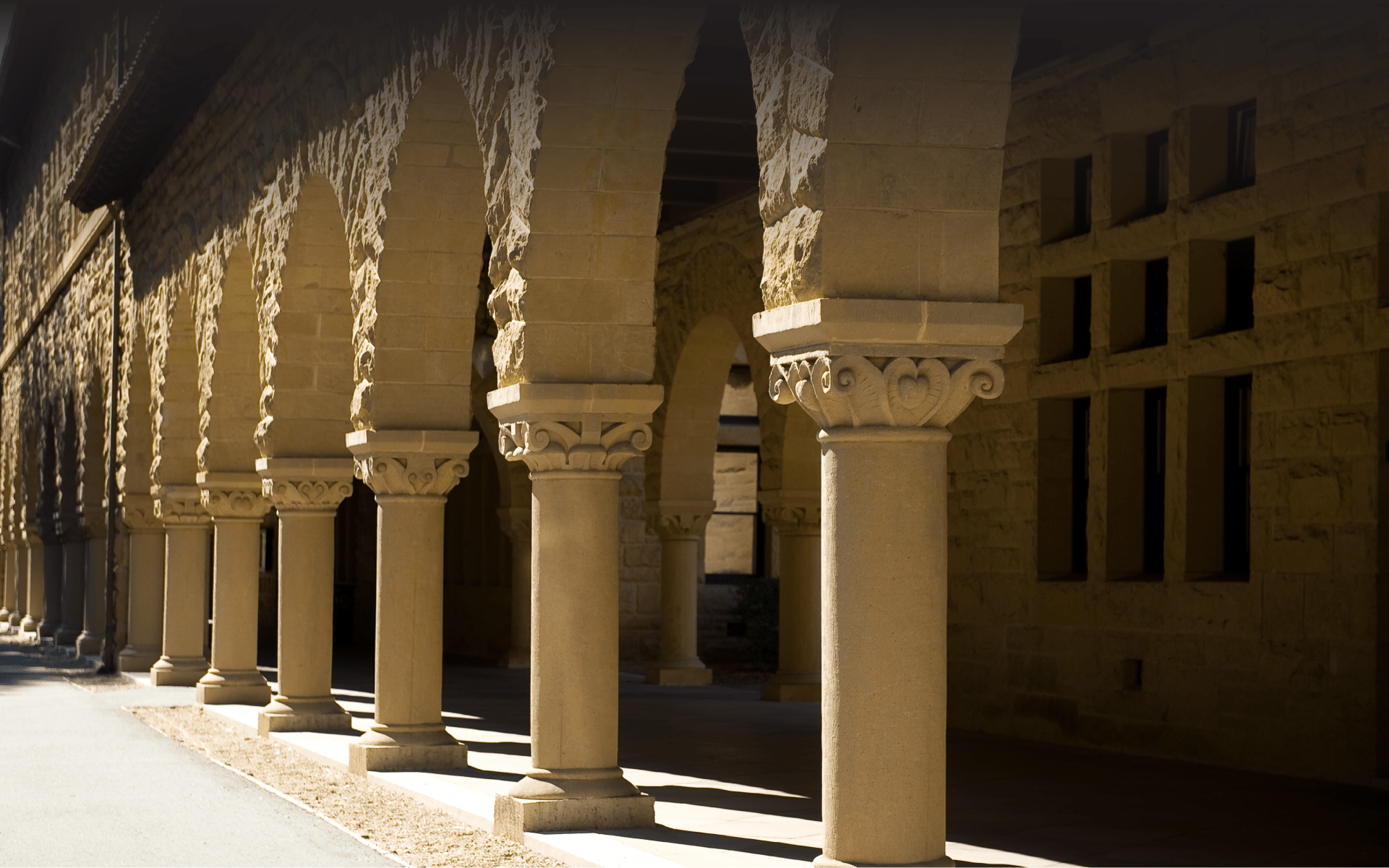MUS 193 — 1959 and 1965: Two Years That Changed Jazz
Spring
Mondays
7:00—8:50 pm
Date(s)
Apr 18—May 23
6 weeks
Drop By
May 1
1 Units
Fees
$275
Format
On-campus course
Limit 38
Open
The year 1959 was a year of unprecedented musical innovation in jazz as Miles Davis, John Coltrane, Dave Brubeck, Charles Mingus, and Ornette Coleman led us away from the complexities of bebop music and opened new doors of expression for jazz musicians. Their iconic recordings—Kind of Blue, Time Out, Mingus Ah Um, and The Shape of Jazz to Come—are among those that forever changed the jazz landscape.
In a relatively short time the music evolved rapidly, and 1965 brought us Coltrane’s A Love Supreme, Herbie Hancock’s Maiden Voyage, and Horace Silver’s Song for My Father. Miles disbanded his ground-breaking Kind of Blue quintet to lead a band of brilliant young players who thrilled us with their extraordinary musicianship, and introduced new vehicles for interactive improvisation, songs with titles like “E.S.P.” At the same time, in recorded live performances Miles led this group through wild interpretations of the old jazz standards, completely stretching the boundaries of the Great American Songbook.
These major jazz recordings from 1959 and 1965 represented new directions in the music and set the stage for much of the contemporary jazz we currently enjoy. This course for the general listener explores the elements of the great music from that time period, and helps explain its rapid evolution and why it remains so compelling to listeners even today.
In a relatively short time the music evolved rapidly, and 1965 brought us Coltrane’s A Love Supreme, Herbie Hancock’s Maiden Voyage, and Horace Silver’s Song for My Father. Miles disbanded his ground-breaking Kind of Blue quintet to lead a band of brilliant young players who thrilled us with their extraordinary musicianship, and introduced new vehicles for interactive improvisation, songs with titles like “E.S.P.” At the same time, in recorded live performances Miles led this group through wild interpretations of the old jazz standards, completely stretching the boundaries of the Great American Songbook.
These major jazz recordings from 1959 and 1965 represented new directions in the music and set the stage for much of the contemporary jazz we currently enjoy. This course for the general listener explores the elements of the great music from that time period, and helps explain its rapid evolution and why it remains so compelling to listeners even today.
Jim Nadel, Founding Director, Stanford Jazz Workshop
Jim Nadel has been at Stanford for more than forty years. He has been a lecturer in jazz studies for the Stanford Department of Music for more than thirty years. Nadel plays the saxophone professionally, and is also a composer and an arranger.Textbooks for this course:
No required textbooks
